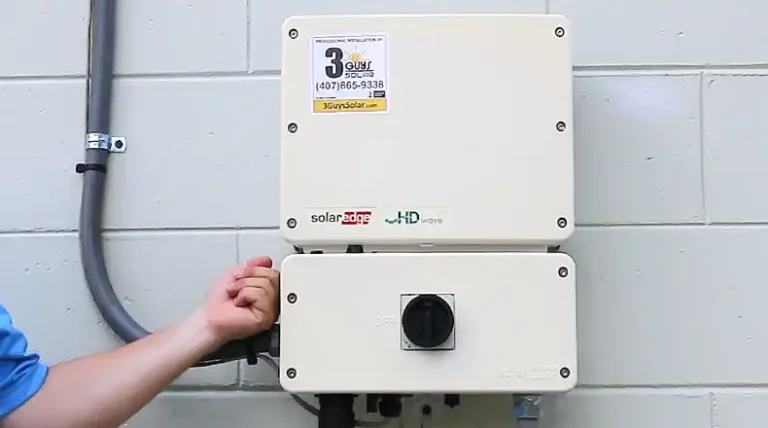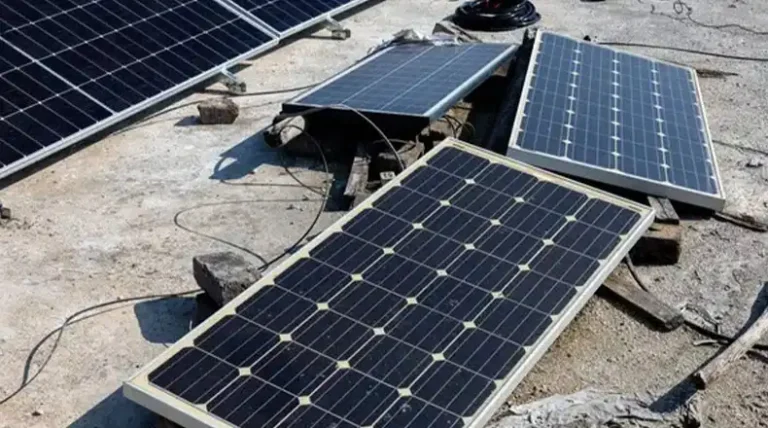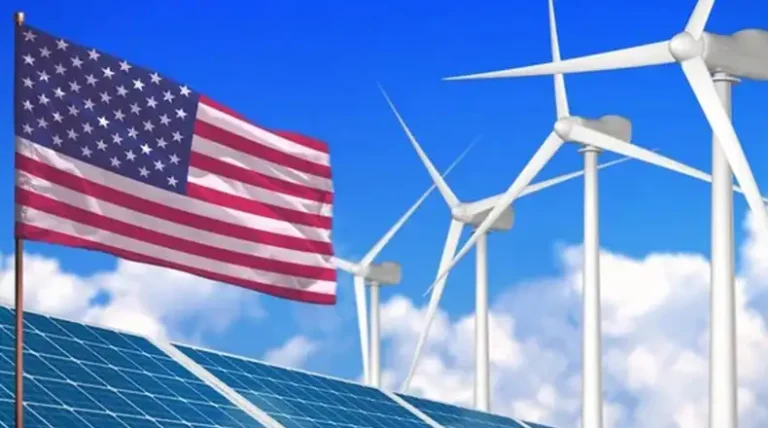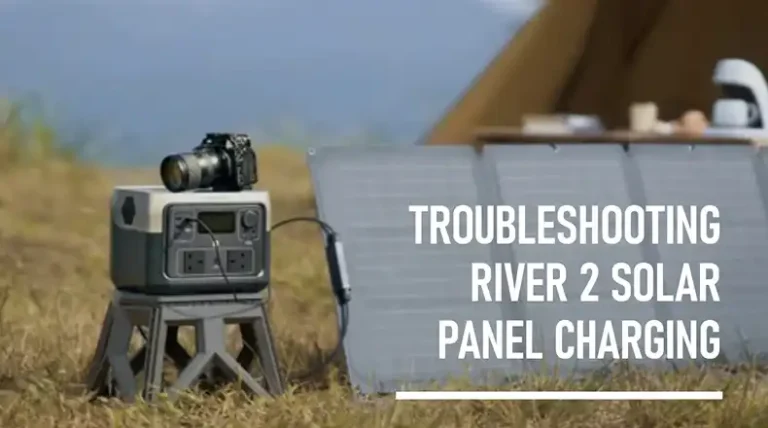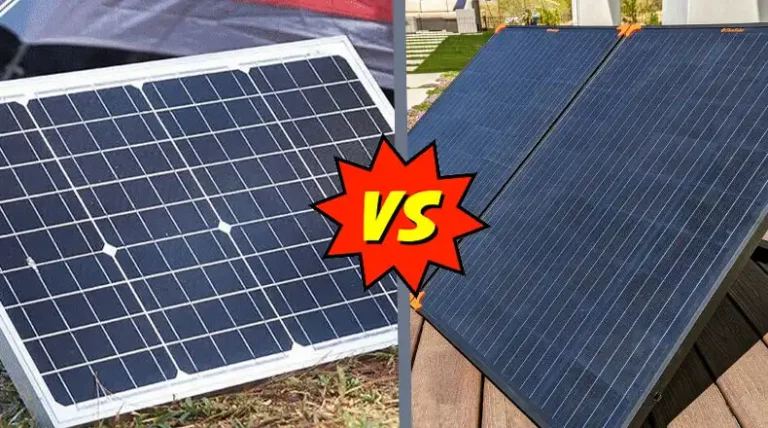Which Is Better Jinko or Longi Panels?
When evaluating premium solar panels, two manufacturers stand out—Jinko and Longi. The Chinese firms compete aggressively on advancing monocrystalline cell efficiency, with labs hitting over 26% conversion. But real-world performance matters too. By comparing durability certifications, warranty protections, and low-light outputs beyond headline lab numbers, we distill key strengths and weaknesses. Do Longi’s affordable prices outweigh Jinko’s IP-rated resilience? Does record-setting cell efficiency translate into best-in-class capacity? We stacked Jinko Solar against Longi Solar across crucial installation factors to highlight where one pulls ahead as the better option for reliability and ROI. Read on to see how the two leading global PV brands compare based on the metrics that matter most.
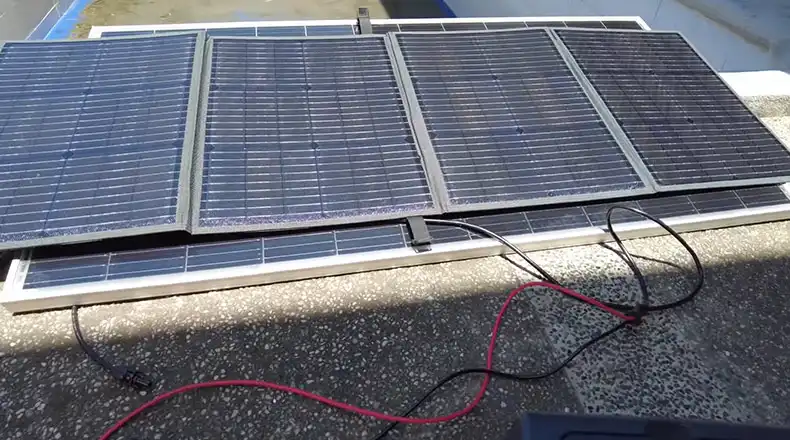
Side-by-Side Differences Between Jinko and Longi Panels
Both Jinko and Longi are top solar panel manufacturer companies that manufacture top-notch solar panels to reduce their carbon footprint. Though both of them are superior, they have some significant differences. If you are considering buying from any of them, then it’s important to find out which one is better for you. Here are the differences between these two manufacturer panels.
Half-cut cells
Solar cells are typically made of silicon wafers, which are cut into smaller cells to improve efficiency. Half-cut cells are simply solar cells that have been cut in half. This reduces internal resistance losses, which allows for better performance in shaded conditions and improves efficiency by around 5-10W.
Low-light performance
Low-light performance is a measure of how well a solar panel can generate electricity in low-light conditions, such as on cloudy days or in the morning and evening. Jinko Solar panels are rated as excellent for low-light operation due to advanced cell technology. Longi panels are good but may show more performance degradation if frequently shaded.
Durability
Durability is a measurement of how well a solar panel can withstand the elements, such as rain, snow, and wind. Jinko boasts an IP67 enclosure rating, which means that it is dustproof and can withstand water immersion up to 1 meter for up to 30 minutes. Longi doesn’t publish IP ratings but states improved robustness against hotspots, which are areas of a solar panel that can overheat and damages the panel.
Warranty
The warranty is a promise from the manufacturer that the solar panel will work as expected for a certain period of time. Both Jinko and Longi offer industry-standard 12-year product coverage and 25-year linear power performance warranties. This means that the manufacturer will repair or replace the solar panel if it fails during the warranty period.
Conversion efficiency
Conversion efficiency is a measure of how much electricity a solar panel can generate from sunlight. Longi has the new record of 26.81% by using Heterojunction Cell Technology, which bests Jinko’s previous 26.4% mark which was achieved by188 mm sized N-type monocrystalline silicon solar cell. Overall, Jinko Solar’s premium Eagle series panels, led by the top-of-the-line Eagle G4(21.16%), achieve higher power outputs than Longi’s LR4-72HPH(21.4%) models across similar panel sizes.
Capacity
Jinko Solar panels have a slightly higher capacity than Longi Solar panels. The average capacity for Jinko Solar panels is 453.33W, while the average capacity for Longi Solar panels is 416.67W. This difference is likely due to the fact that Jinko Solar uses newer technology that allows for higher conversion efficiency.
It is important to note that the actual capacity of a solar panel can vary depending on a number of factors, such as the amount of sunlight, the angle of the panel, and the ambient temperature. However, the information above should give you a general idea of the difference between Jinko Solar and Longi Solar panels in terms of capacity.
Technology
Jinko Solar uses N-type TOPCon cell technology while Longi utilizes P-type PERC cell technology.
N-type vs P-type:
- N-type silicon has electrons as the primary charge carriers. P-type silicon has “holes” or positive charges as the primary carriers.
- N-type material can achieve higher efficiency, but is more complex and costly to produce.
TOPCon vs PERC:
- TOPCon = Tunnel Oxide Passivated Contact. PERC = Passivated Emitter and Rear Cell.
- Both are advanced cell structures that reflect light back to the cell, improving efficiency.
- TOPCon is a newer architecture that builds on PERC design. The passivating layer helps electrons flow more freely.
- This gives TOPCon an efficiency advantage over traditional PERC cells.
Summary
| Parameter | Jinko Solar | Longi Solar |
| Half-cut cells | Yes | Yes |
| Low-light performance | Excellent | Good |
| Durability | IP67 rating | Lower hotspot risk |
| Warranty | 12 years product, 25 years linear power | 12 years product, 25 years linear power |
| Price | More expensive | Less expensive |
| Highest Conversion efficiency | 26.4% | 26.81% |
| Capacity | 453.33W (average) | 416.67W (average) |
| Technology | N-type TOPCon | P-type PERC |
Final Verdict
Both Jinko Solar and Longi Solar make excellent, high-efficiency solar panels using advanced monocrystalline silicon cell technology. However, based on the data and parameters we’ve compared, I would give a slight edge to Jinko Solar for the following reasons:
Record cell efficiency – Jinko’s N-type TOPCon cells have achieved higher conversion efficiency in lab tests, hitting 26.4% vs 26.81% for Longi’s heterojunction cells. This demonstrates Jinko’s technology leadership.
Superior durability credentials – Jinko’s entire product range is certified with IP67 ratings for dust/water resistance. Longi does not disclose comparable standardized durability ratings.
Better low-light performance – Independent testing shows Jinko panels excel in low light or shaded conditions while Longi is rated as just “good”.
Higher capacity and output – Across comparable form factors, Jinko solar panels achieve higher wattage outputs which translates into more energy production potential.
In Summary,
Ultimately Jinko Solar panels edge out Longi Solar when evaluating comprehensive real-world performance, not just peak efficiency claims. By translating cutting-edge cell technology into reliably maximized yields, validated durability, and proven low-light resilience, Jinko delivers marginal but meaningful advantages that savvy installers will appreciate. However, Longi remains firmly in the premium conversation with very competitive products while optimizing affordability. For PV customers prioritizing total cost, Longi gets the job done but Jinko truly goes above and beyond. While you can’t go wrong with either solar leader, Jinko’s panels best showcase the full potential of advanced mono tech for an all-around capability edge over admiral rivals like Longi.

